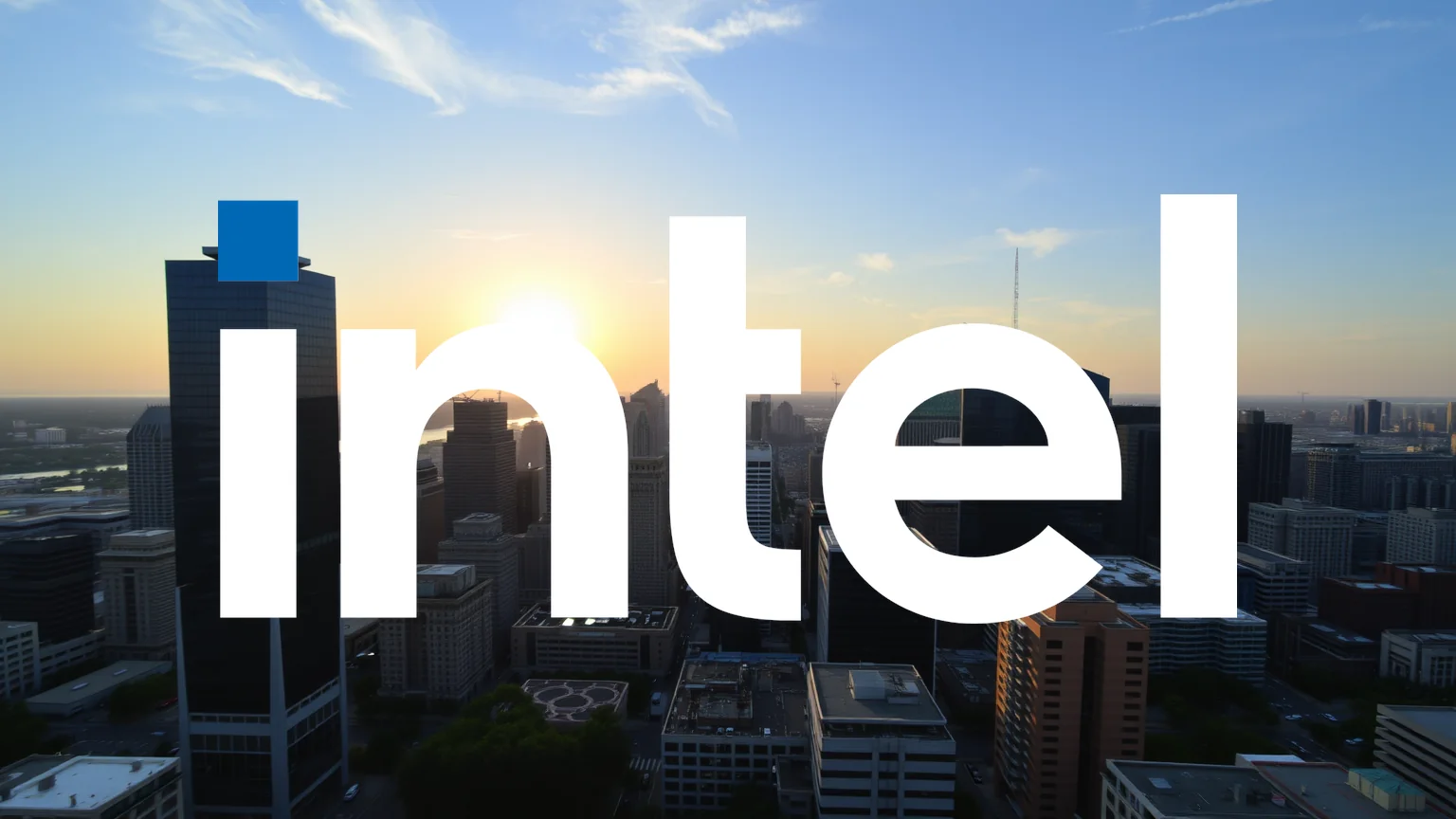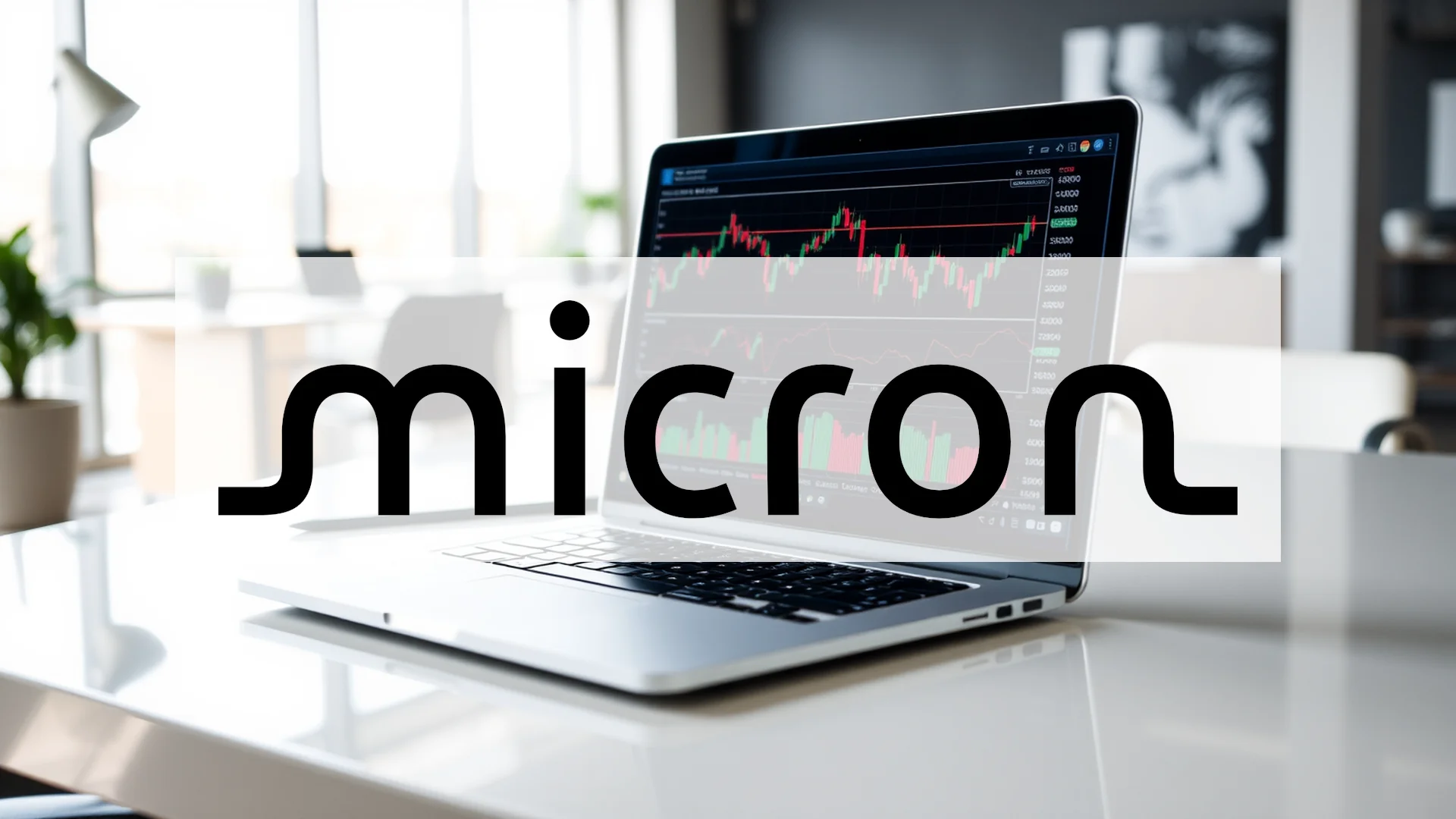A substantial financial package from the US government has fundamentally altered Intel’s strategic trajectory. The arrangement, which makes Washington the chipmaker’s largest single shareholder, effectively locks the company into continuing its struggling foundry operations, eliminating any potential for a divestiture.
Strategic Flexibility Ceded for National Interests
During a recent investor conference, CFO David Zinsner provided critical details on the transaction. The US government is converting $8.9 billion in CHIPS Act subsidies into an equity position representing nearly a 10% stake in Intel. An initial tranche of $5.7 billion was transferred this week.
A pivotal warrant clause grants the government the right to purchase an additional 5% of Intel shares at a fixed price of $20 should the company’s ownership in its foundry business fall below 51%. While Zinsner stated Intel does not anticipate this scenario and expects the option to “expire worthless,” the mechanism makes any sale or spin-off of the contested chip manufacturing unit politically unfeasible.
Foundry Losses Prompt Government Intervention
Washington’s move follows massive financial underperformance in Intel’s foundry division, which reported a staggering $13 billion loss last year and remains unable to compete with industry leader TSMC. The December 2024 ousting of former CEO Pat Gelsinger, the architect of the foundry strategy, had intensified investor calls to exit the business.
Should investors sell immediately? Or is it worth buying Intel?
The deal creates a direct tension between national security objectives and shareholder profitability. The government secures control over advanced US semiconductor production, but Intel remains constrained to a cash-intensive turnaround plan for its foundry operations. Shares edged lower on Friday after Bank of America reiterated its “Neutral” rating last week, cautioning about potential dilution effects from the state’s involvement.
Execution Becomes Sole Option for Intel
With an exit strategy now off the table, Intel’s management has no alternative but to continue its current course under the supervision of its most powerful shareholder. Although the government assistance provides crucial capital and reduces immediate pressure to raise funds on public markets, it comes at the cost of significant operational autonomy.
The future of the foundry business now hinges entirely on Intel’s ability to reclaim technological leadership and secure major clients like Nvidia, Apple, or Qualcomm for its 14A manufacturing process. The upcoming quarterly update on October 29th may provide early indications whether this high-risk strategy will succeed or if Intel will permanently become an instrument of US industrial policy.
Ad
Intel Stock: Buy or Sell?! New Intel Analysis from November 30 delivers the answer:
The latest Intel figures speak for themselves: Urgent action needed for Intel investors. Is it worth buying or should you sell? Find out what to do now in the current free analysis from November 30.
Intel: Buy or sell? Read more here...













